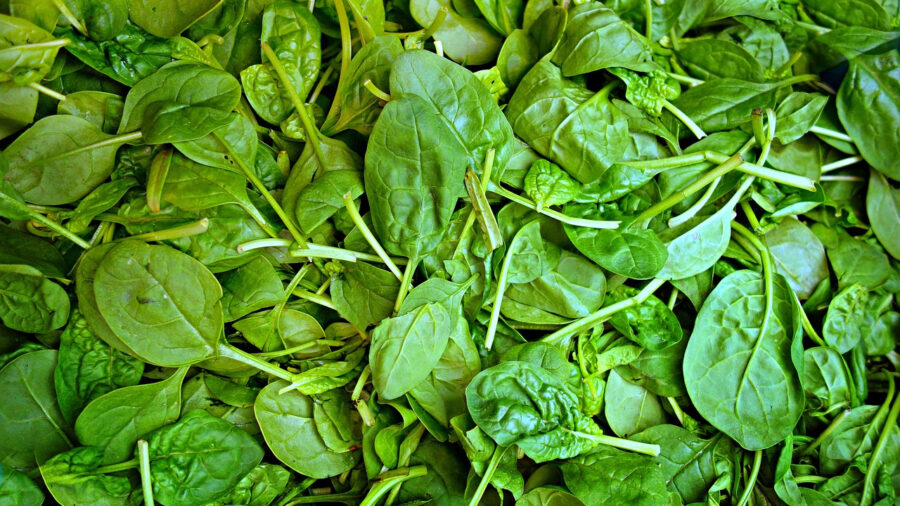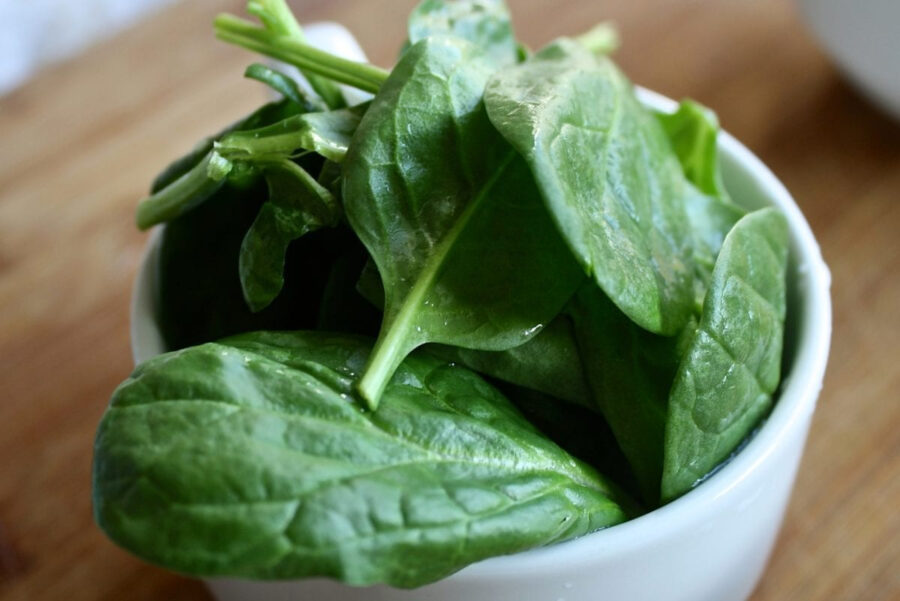Spinach Has Learned To Send Emails
Spinach has been taught to send emails. We aren't joking.
This article is more than 2 years old

We knew spinach held special powers from watching Popeye inhale a can of the green stuff then proceed to lay down a beatting on Bluto. But now, if we are to believe engineers at MIT, not only can spinach detect explosive materials, but Popeye’s power can also send out emails that would alert scientists to the possible danger.
It is called nanotechnology and it is being used in plants, in this case, spinach, to create sensors that first will find the explosive materials, then have the capability to wirelessly relay said information to the scientists monitoring the plants.
According to the MIT engineers, when the roots of the spinach plant detect the presence of nitroaromatics in groundwater, a signal is emitted by the carbon nanotubes located within the spinach leaves. The emitted signal is then read by infrared cameras, which then send out an email that alerts the scientists.
This nanotechnology experiment is part of a much wider field of research that has scientists engineering electronic systems and components into plants. It is called “plant nanobionics” which, much like the Six-Million Dollar Man, gives the plants new abilities.
Professor Michael Strano led the research explained to Euro News, “Plants are very good analytical chemists.” Professor Michael Strano added, “They have an extensive root network in the soil, are constantly sampling groundwater, and have a way to self-power the transport of that water up into the leaves. This is a novel demonstration of how we have overcome the plant/human communication barrier.”
The initial purpose of the nanotechnology experiment was at first to detect explosives but Strano and other scientists believe that this technology could also be used to help warn scientists of pollution or other environmental conditions.

“Plants are very environmentally responsive,” Strano says of plants’ abilities to absorb vast amounts of data from their surroundings. “They know that there is going to be a drought long before we do. They can detect small changes in the properties of soil and water potential. If we tap into those chemical signaling pathways, there is a wealth of information to access.” This makes a plant ideally built to monitor any ecological changes. Especially with added abilities from nanobionics.
It seems, though, that the abilities contained within spinach don’t stop with detecting explosives and sending emails. Spinach also seems to hold the key to powering fuel cells. This consists of scientists converting spinach into carbon nanosheets. Once converted the spinach functions as a catalyst that would help make fuel cells and metal-air batteries much more efficient. American University Professor Shouzhong Zou took the lead on this experiment and explained to Euro News, “This work suggests that sustainable catalysts can be made for an oxygen reduction reaction from natural resources.” The importance of this is that metal-air batteries are a more energy-efficient choice than the lithium-ion batteries most commonly found in smartphones.
The reason spinach was chosen by Zou and company was because of the abundance of iron and nitrogen housed inside the plant. These two components are vastly important as they are elements that act as catalysts. In order to turn the plant into a working nanosheet that would be suitable for use, the scientists had to properly wash, then juice, and eventually grind the spinach into a powder form. “The method we tested can produce highly active, carbon-based catalysts from spinach, which is a renewable biomass,” added Zou. “In fact, we believe it outperforms commercial platinum catalysts in both activity and stability.”
Of course, Twitter had a field day when the announcement came down that there was more to the green power leaf than meets the eye. One of the best ones remarked, “Spinach can learn to send emails, yet I still cant teach my 75 year old mother how to face time or log onto the internet, let alone how to email…????”
Here are some of the other responses:
It seems that scientists are finally catching up to what Popeye has known for over 90 years. Spinach is powerful and as funny as some of the responses are concerning the emailing spinach, the technology behind this is quite amazing. Let’s just hope that the nano-spinach doesn’t get mixed up with the spinach we ingest daily. Then again, walking around with Popeye-like powers can’t be a bad thing, can it?












